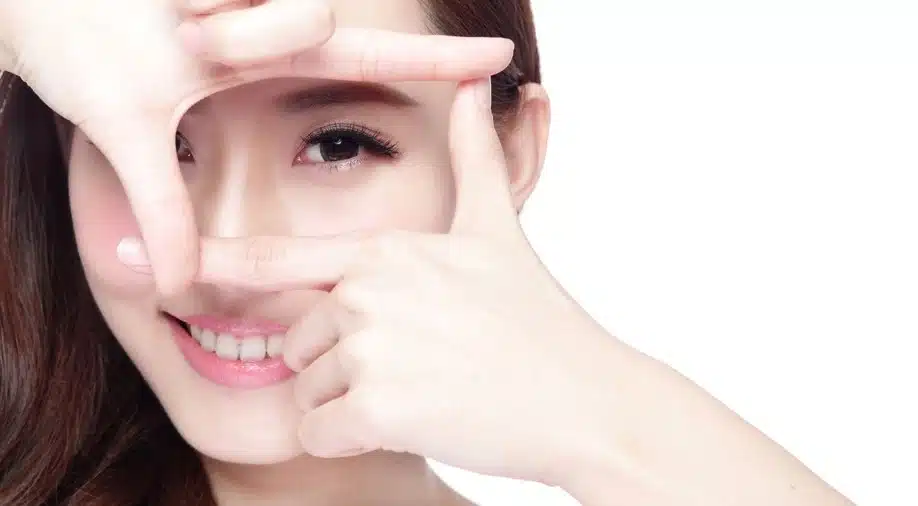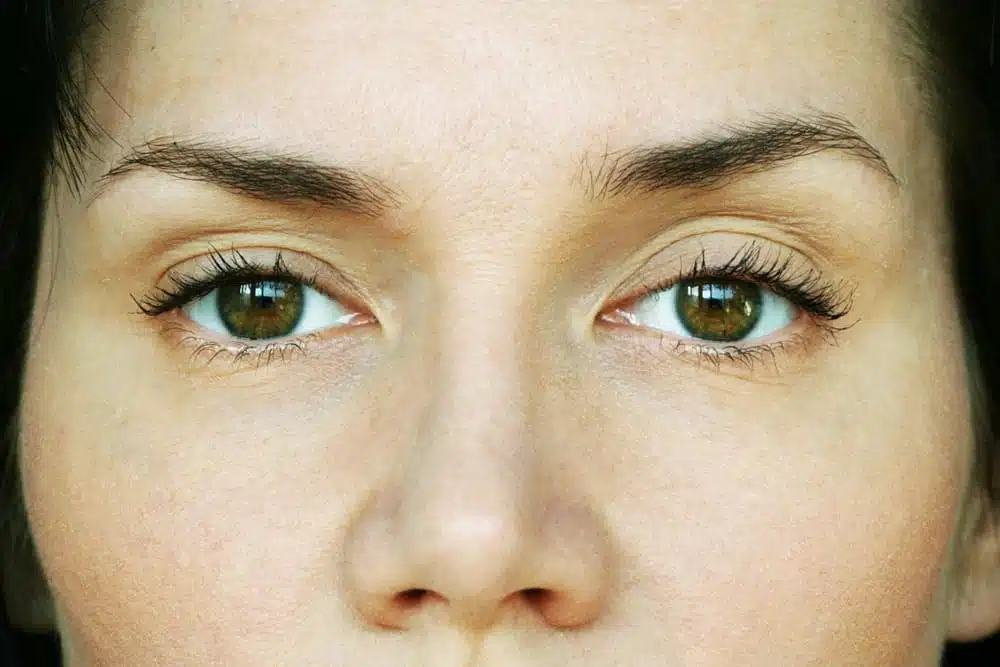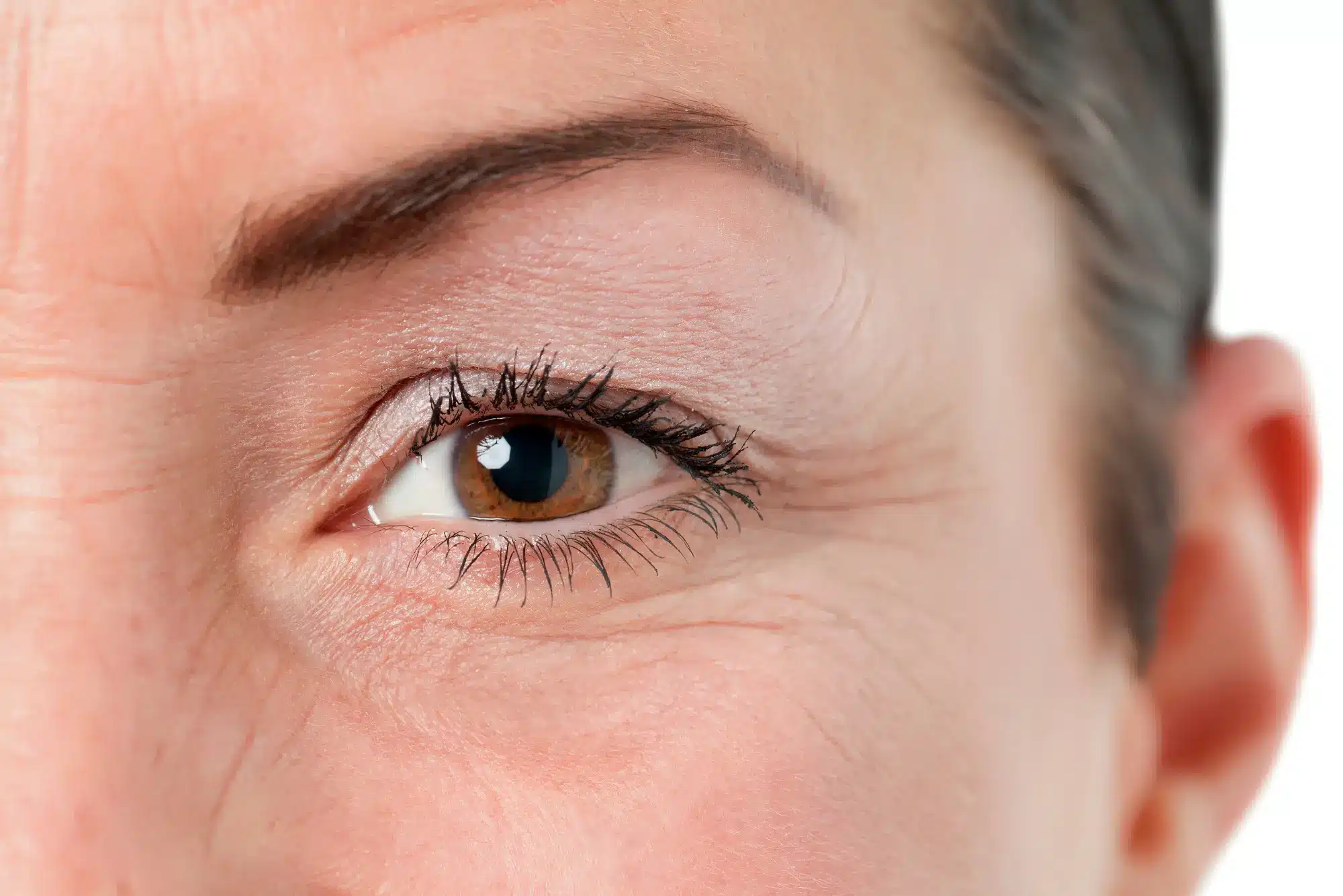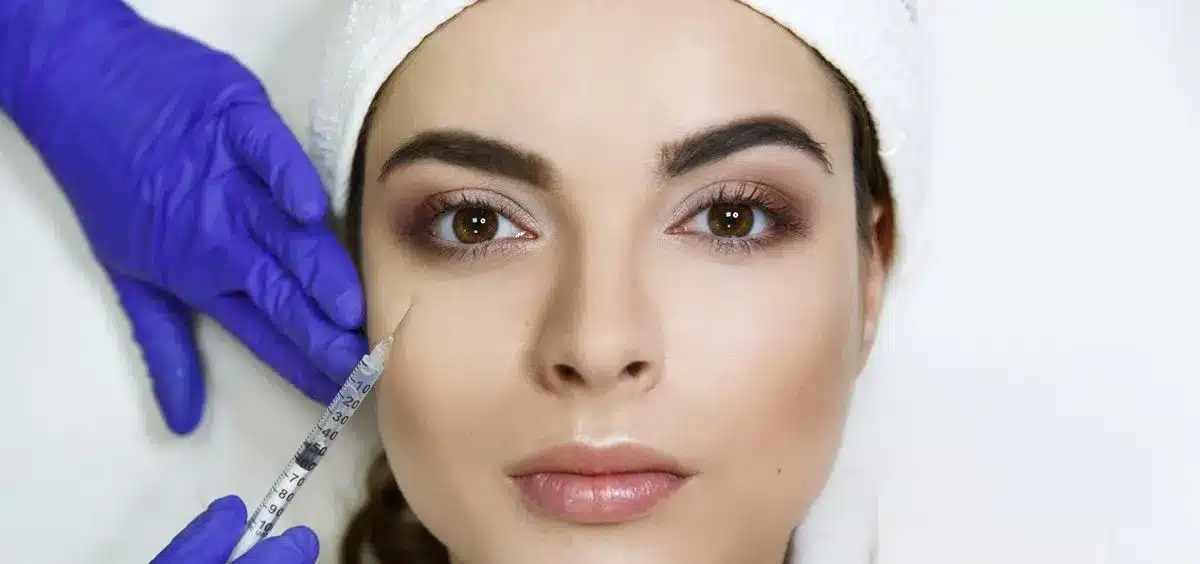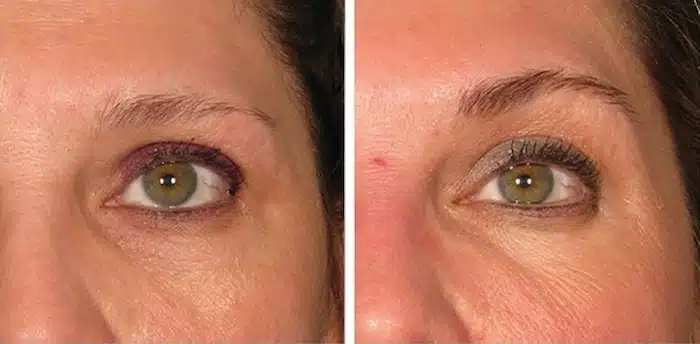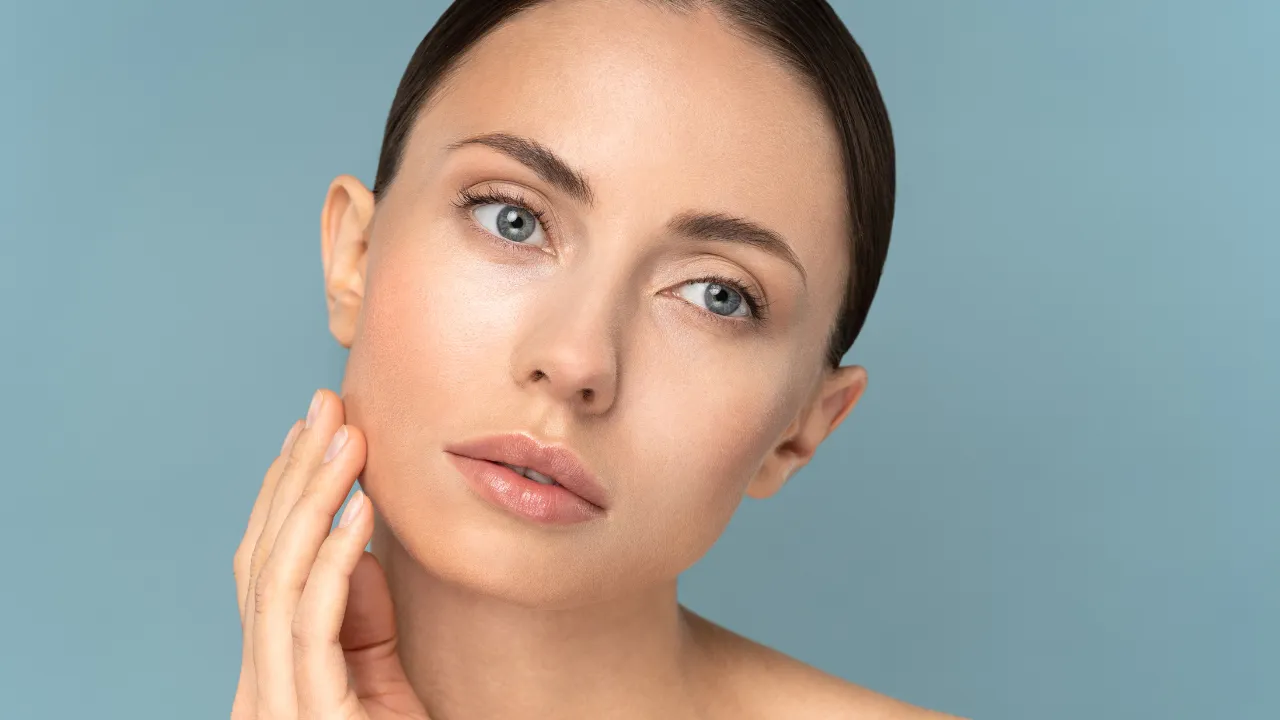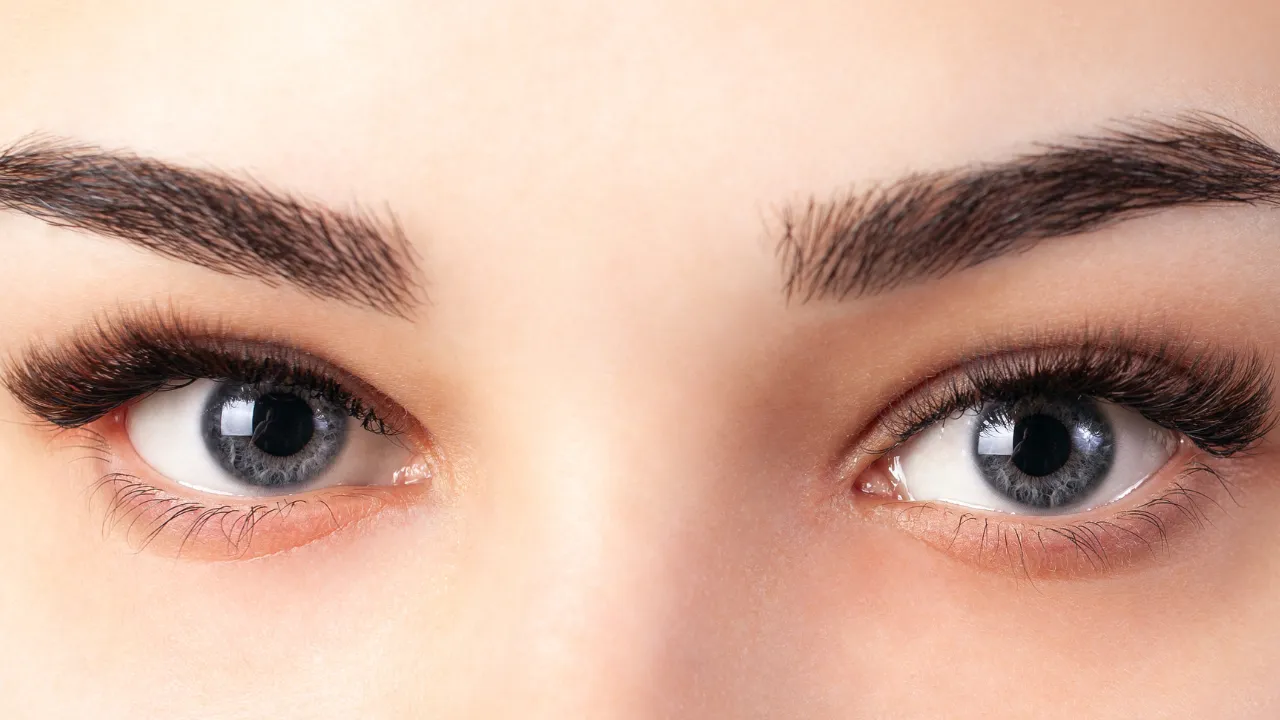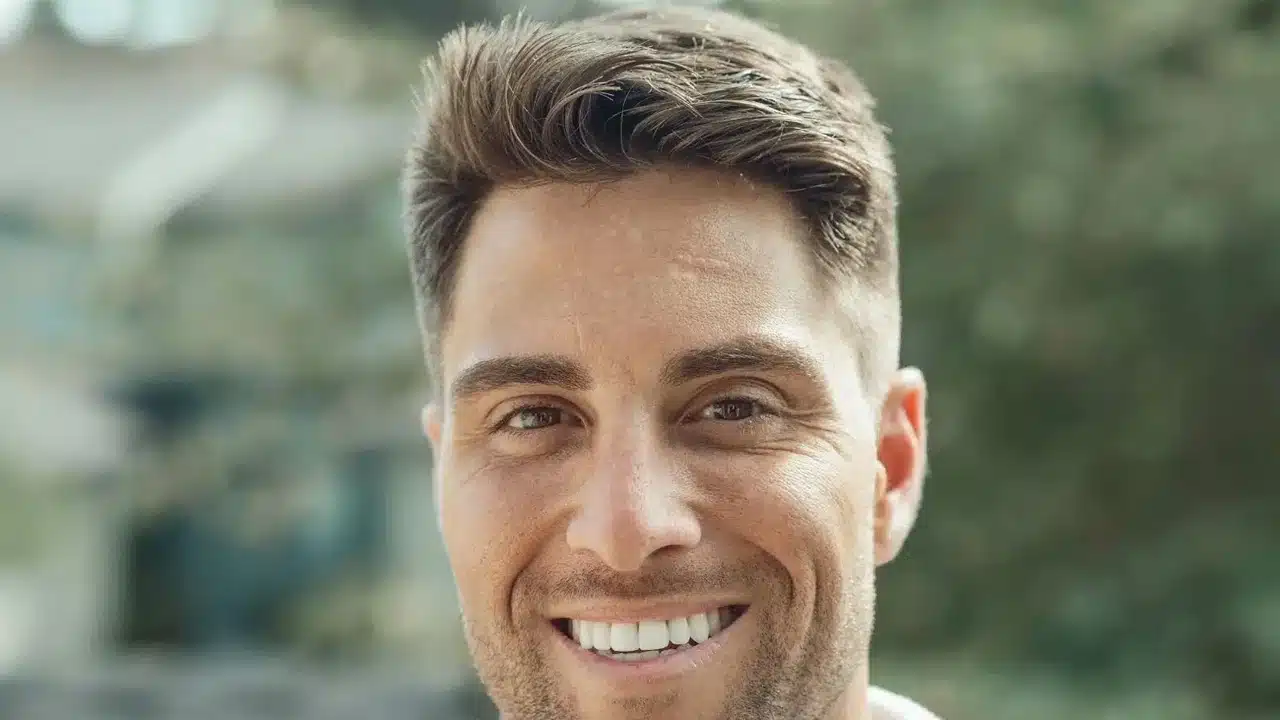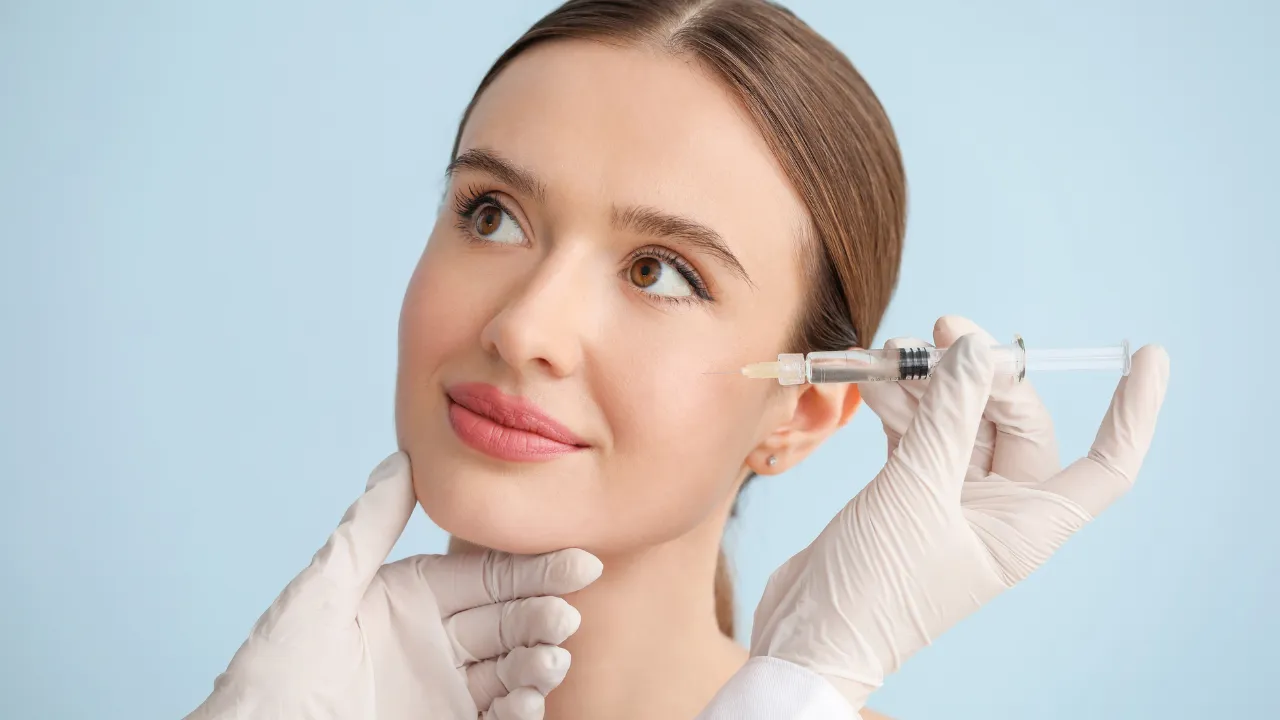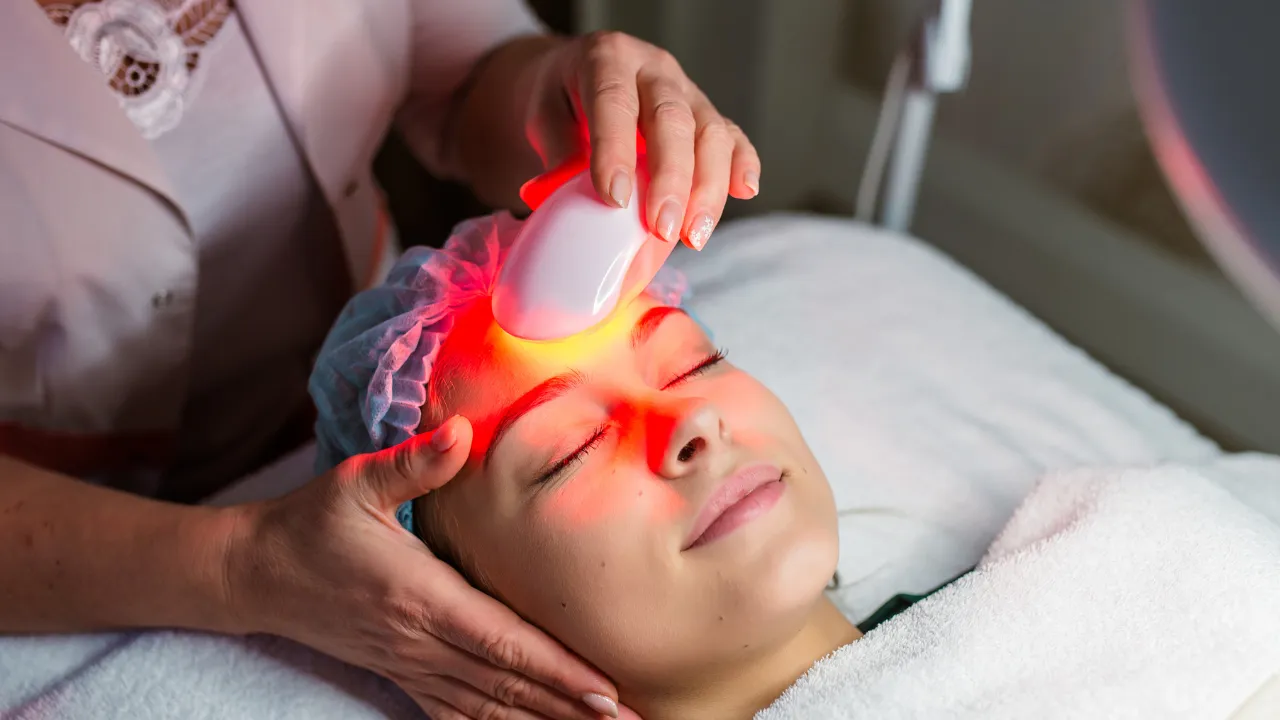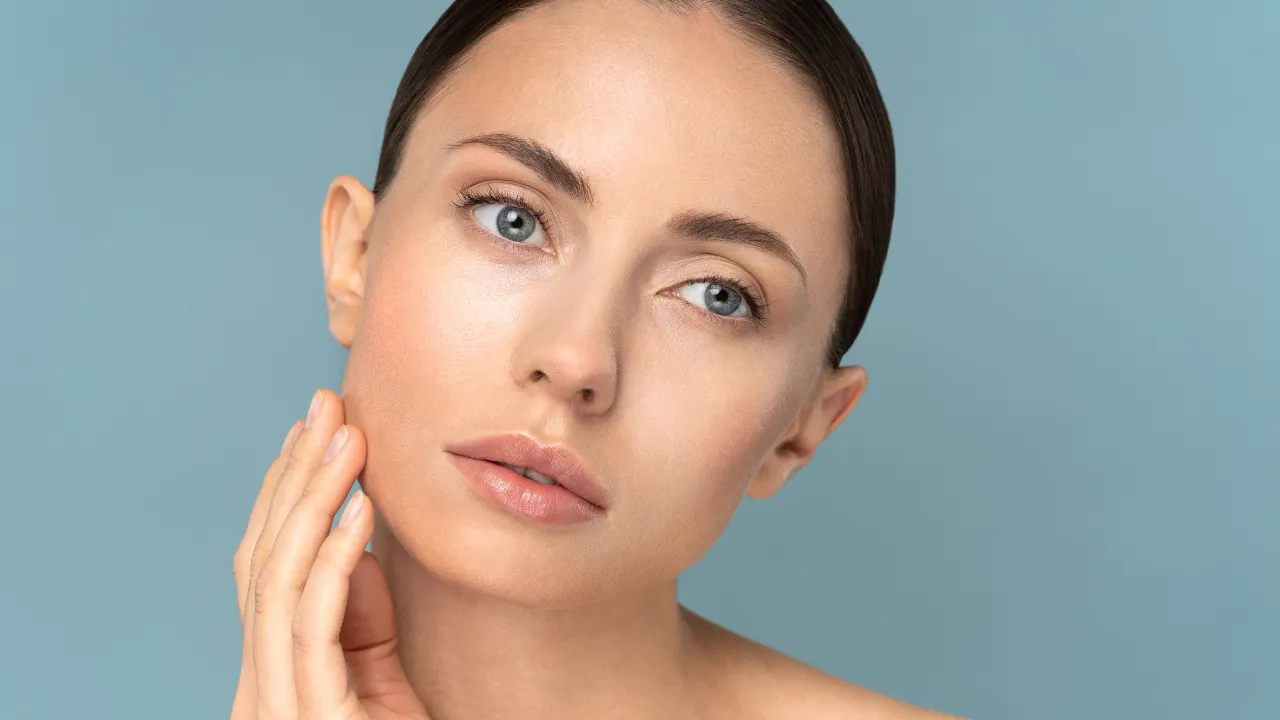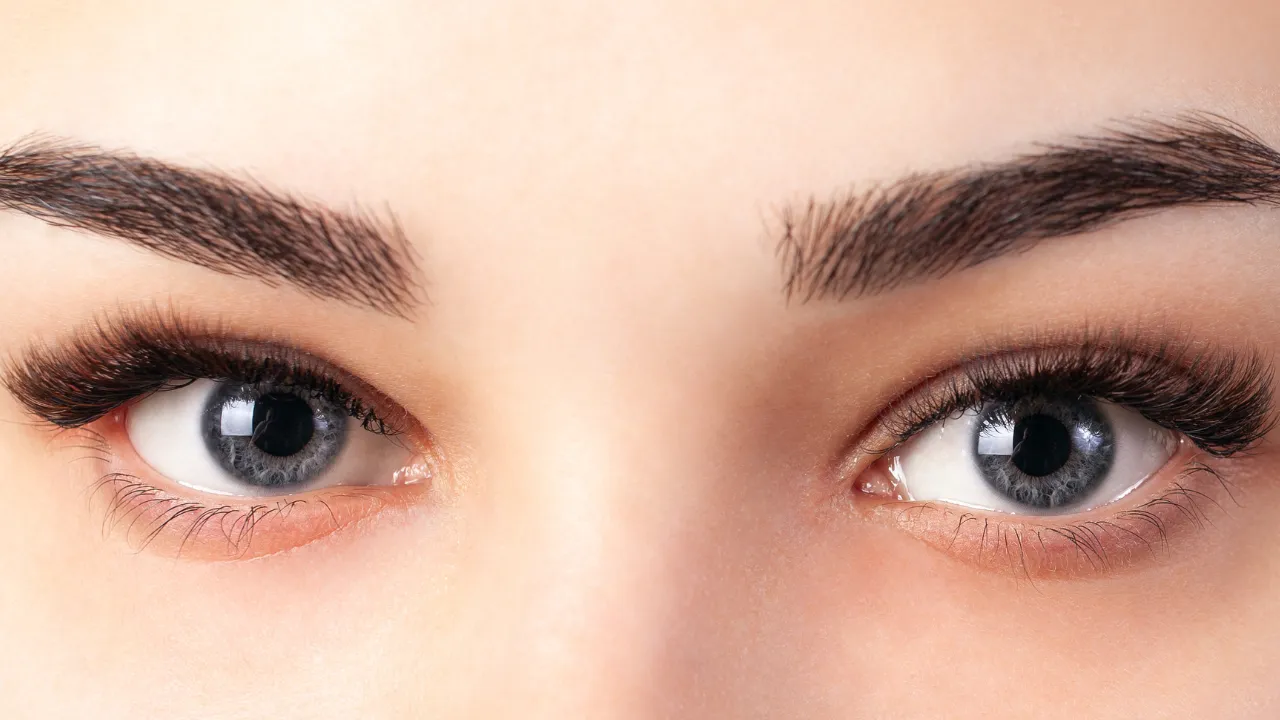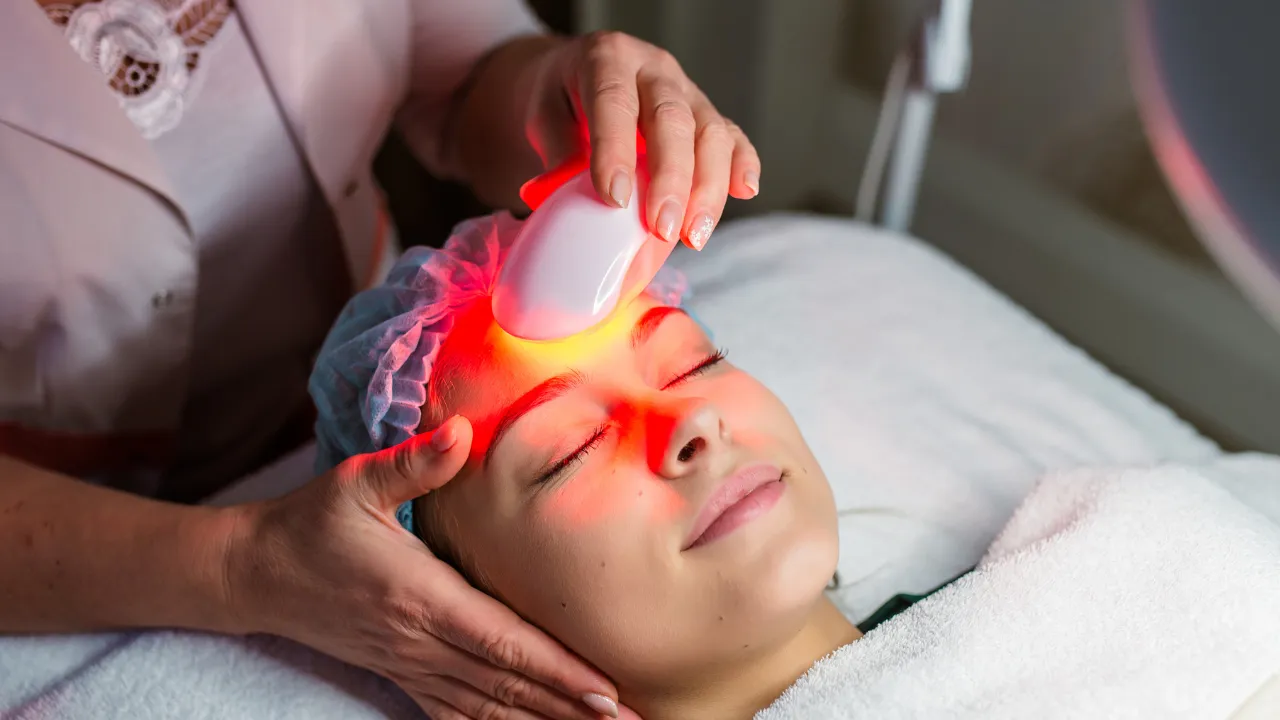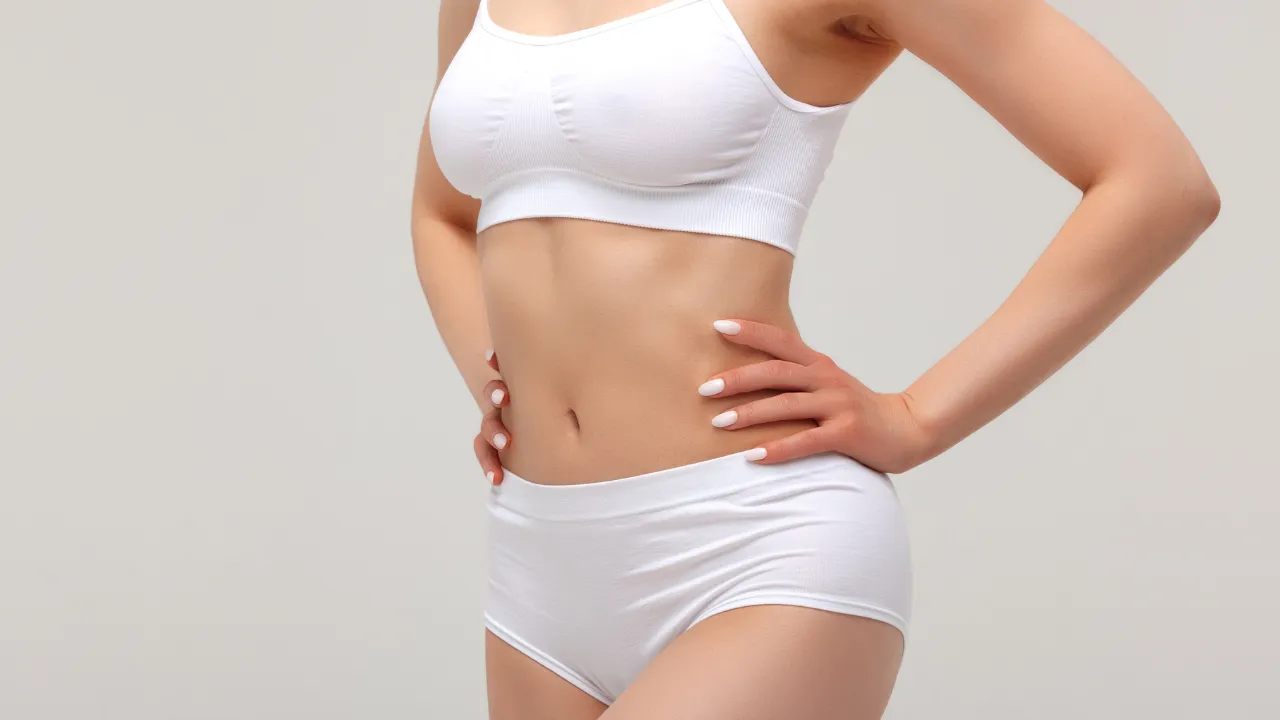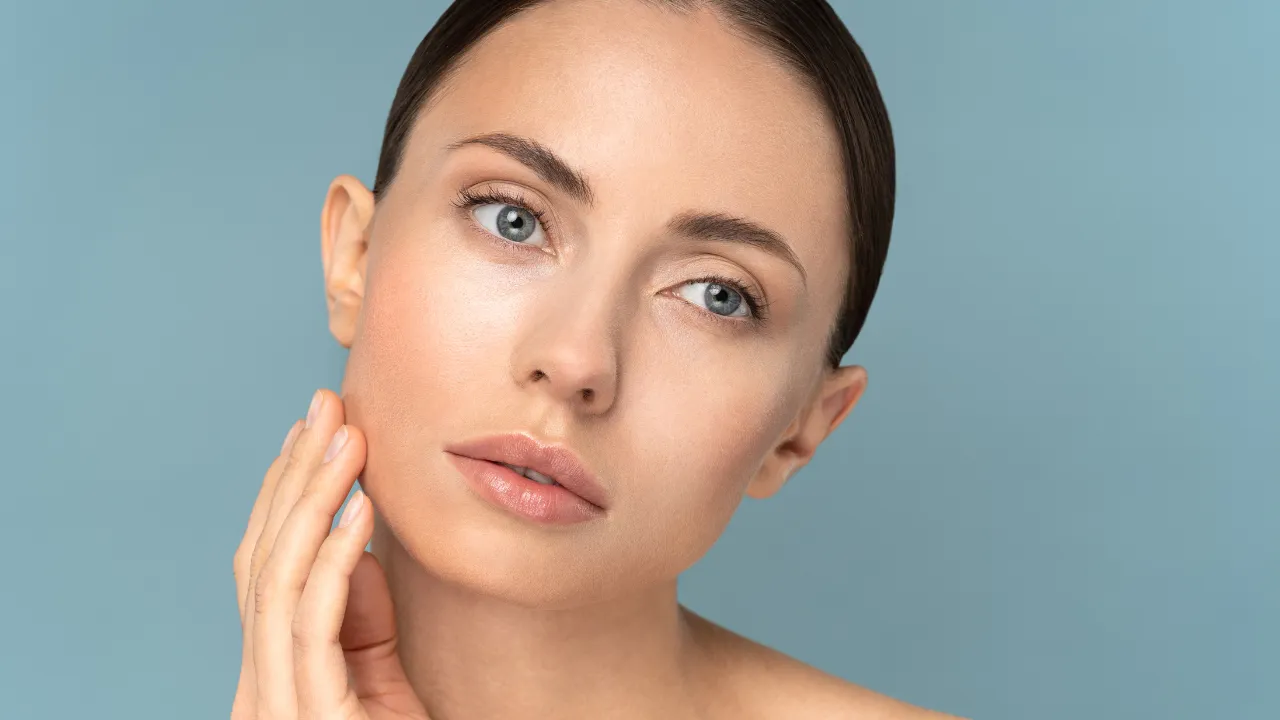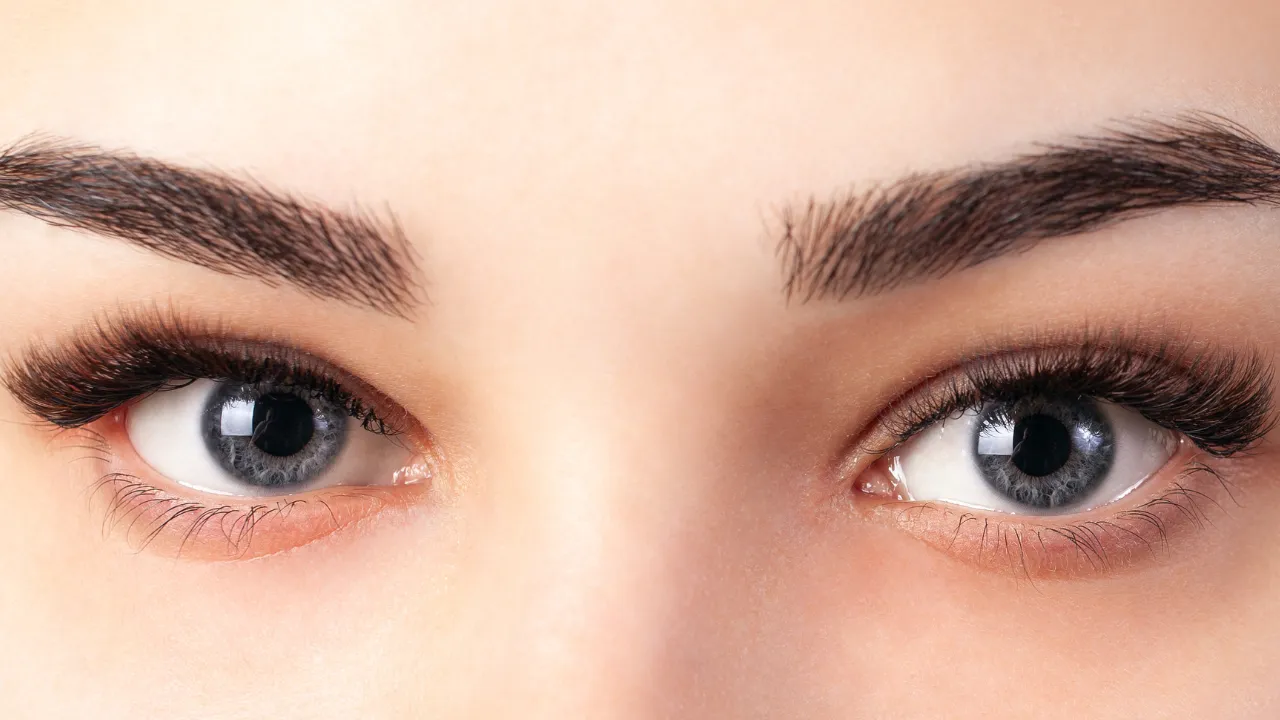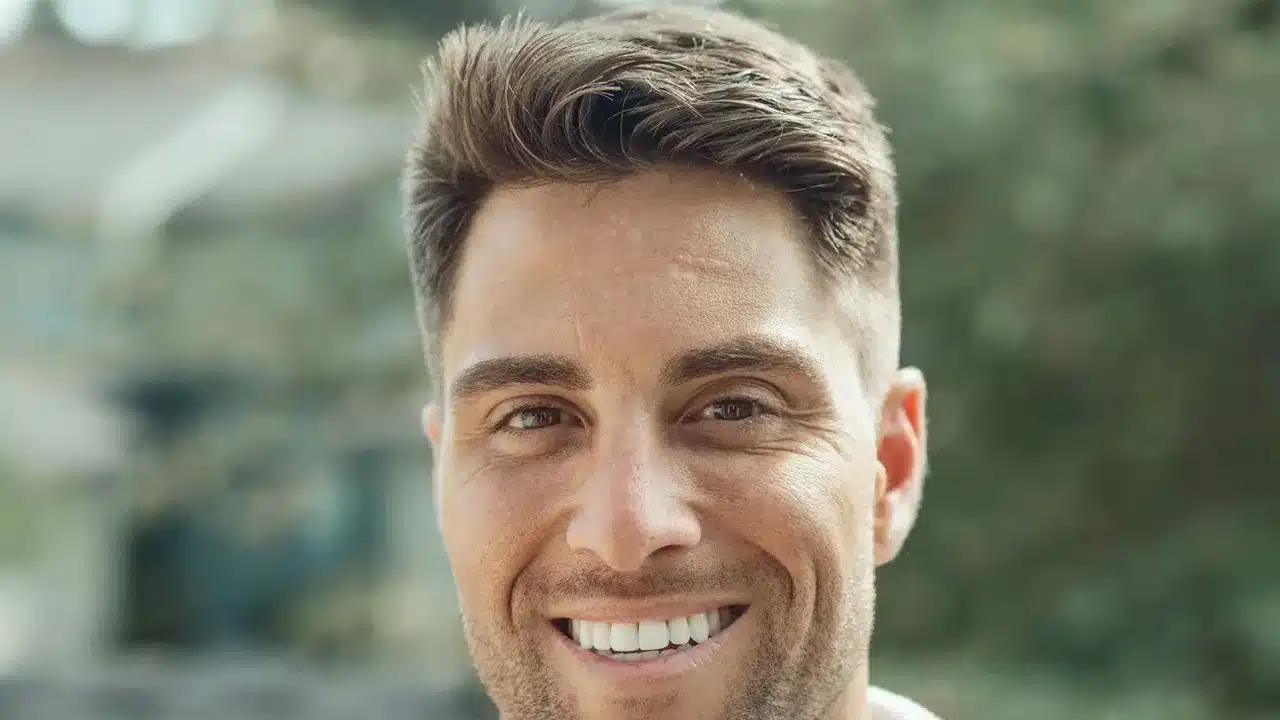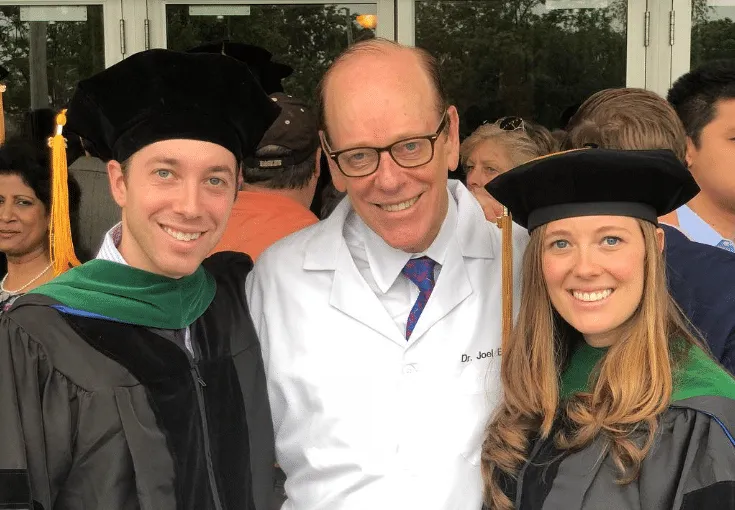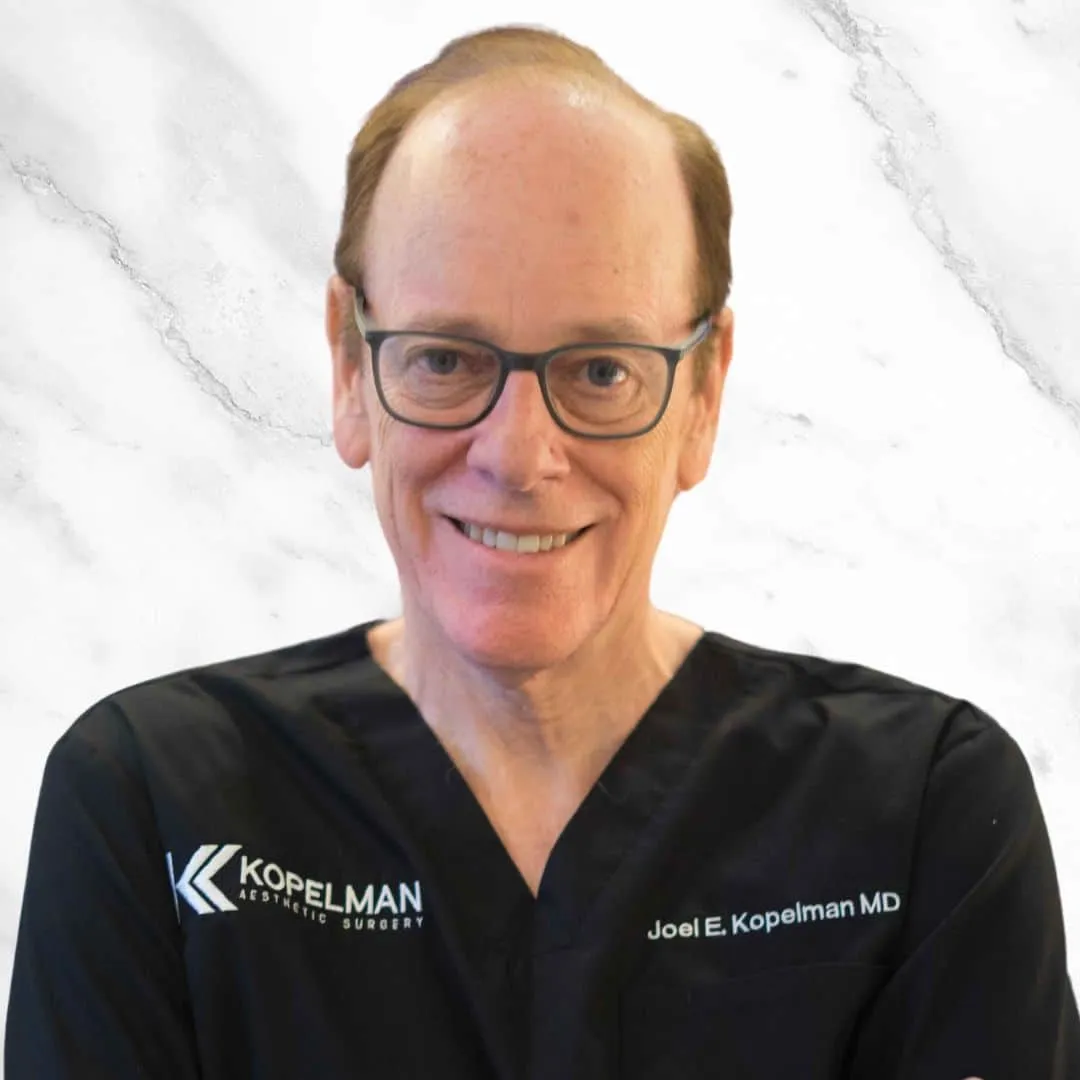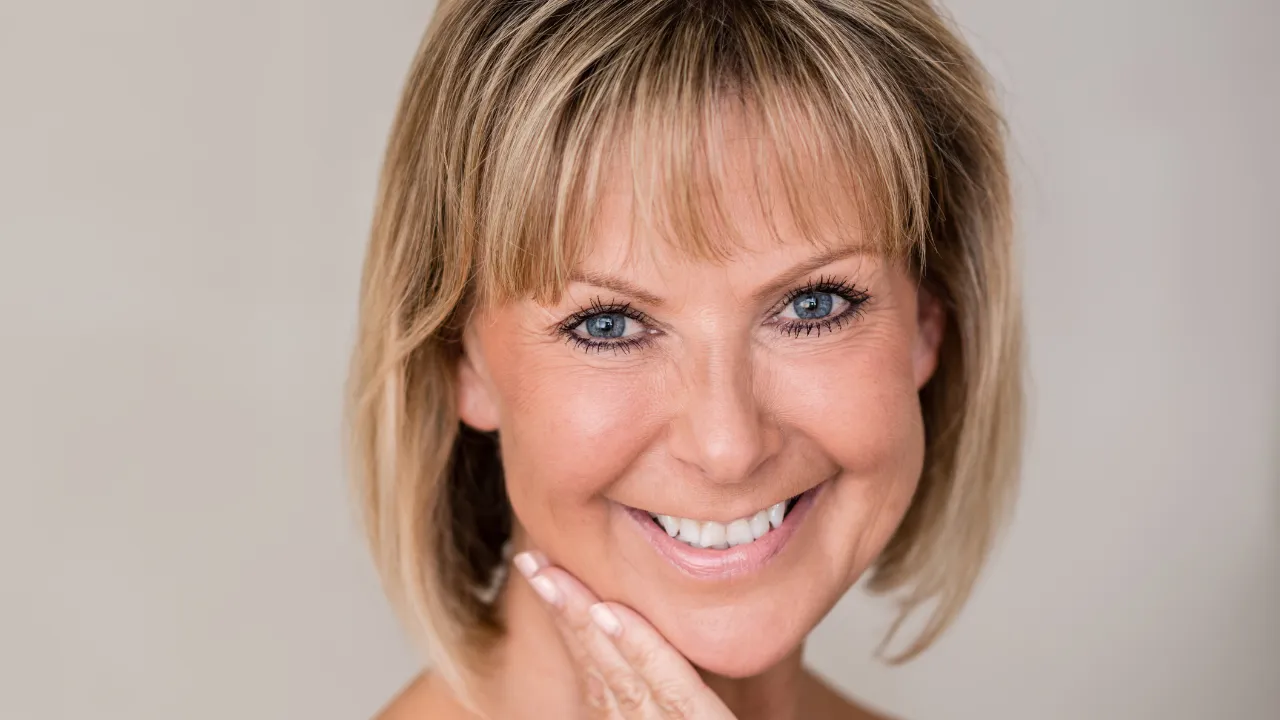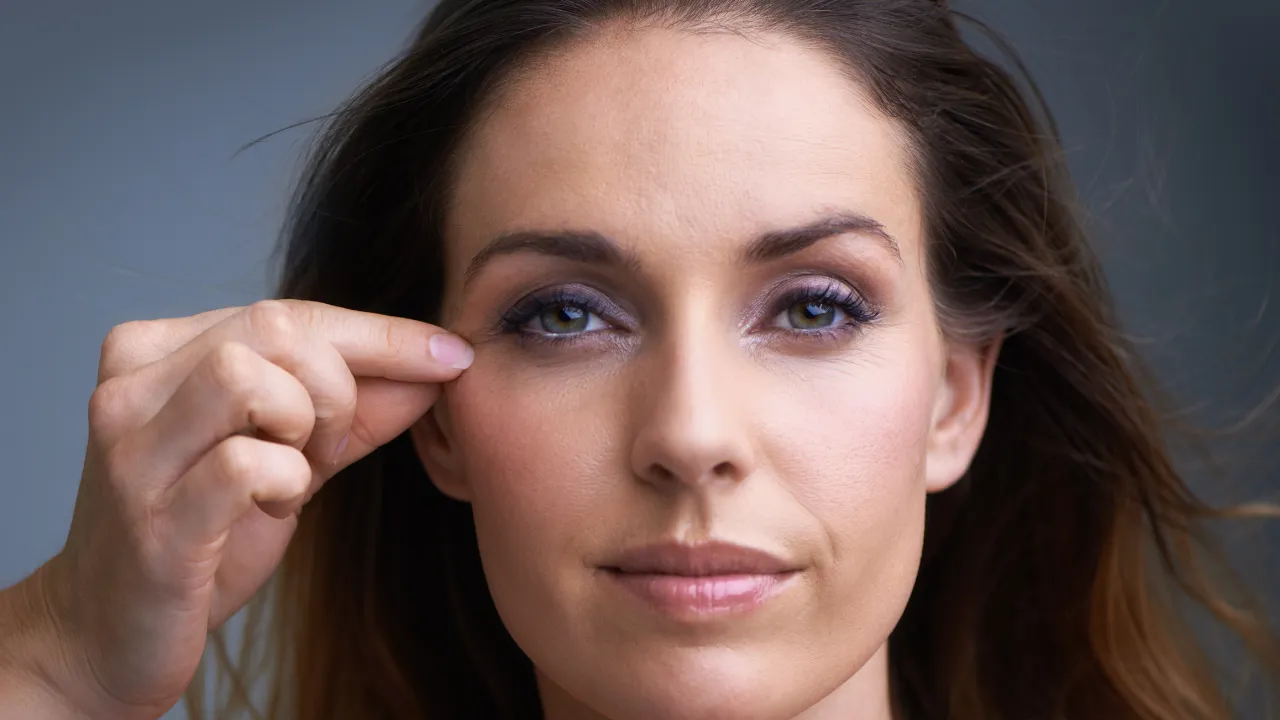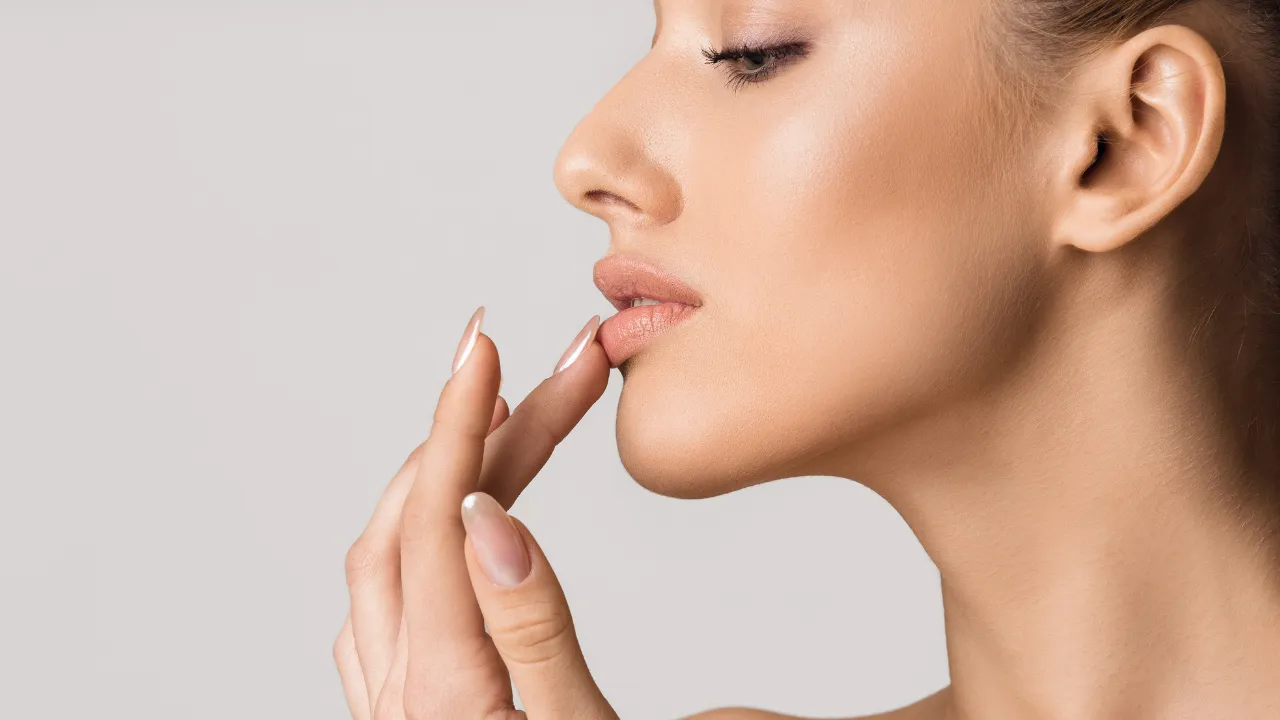At Kopelman Aesthetic Surgery in New York City, Dr. Joel Kopelman helps patients who want changes like caucasian to asian eye surgery. This guide explains how eyelids differ, how surgery works, and why people choose it. Dr. Kopelman uses his many years of skill to give safe and personal care.
Dr. Kopelman is a board-certified facial plastic and oculoplastic surgeon with over 35 years of experience. He belongs to respected groups like the American Society of Ophthalmic Plastic and Reconstructive Surgery. His background means patients get safe results. People trust him with complex surgeries, such as Caucasian to Asian eye surgery.
Key Takeaways
- Caucasian to Asian eye surgery changes the eyelid shape. It uses crease changes, epicanthal fold creation, and skin adjustments.
- People choose this surgery for looks, identity, or eye shape. They should prepare both body and mind.
- Surgery options include cutting methods or stitches only. Each has its own risks and healing time.
- Tapes or glue are temporary fixes, but can’t replace surgery.
- Choosing a skilled doctor like Dr. Kopelman helps avoid problems and gives a natural eyelid crease.
Table of Contents
ToggleAsian vs. Caucasian Eyelids
Key Anatomical Differences
Asian eyelids often have a low or missing upper eyelid crease. They have thicker skin and more fat. Caucasian eyelids usually have a higher crease and less fat. Knowing this helps make safe plans for asian eye surgery caucasian patients.
A doctor must understand how eyelid skin reacts during surgery. It affects where to put the crease for a natural eyelid crease. Dr. Kopelman checks each patient’s eyes to plan the right method. This careful work helps keep results safe and natural.
Caucasian vs. Asian Eyelid Comparison Table
This table shows why plastic surgeons use different ways for each type of eyelid.
Aesthetic Preferences and Cultural Context
Beauty standards are different in each culture. Some people want smoother lids or a visible supratarsal fold. Others wish for surgery to match their personal or cultural identity.
Patients need clear goals for surgery. Dr. Kopelman talks honestly with patients about what is possible. Being prepared helps avoid disappointment.
Why Consider Changing Eye Shape?
Common Motivations and Goals
Many people choose caucasian to asian eye surgery to remove excessive skin or to get a specific eye look. Some want small changes. Others want a bigger difference tied to culture or personal style.
People also worry about visible scarring and risks. Dr. Kopelman stresses talking about these things. Honest talks help patients know what to expect.
FAQs About Caucasian to Asian Eye Surgery
This part answers frequently asked questions from patients.
Preparing for Surgery and Emotional Considerations
Before surgery, patients should avoid certain medicines and stop smoking. Plan for time off work and someone to help at home. Dr. Kopelman says clear expectations are key.
This surgery can be emotionally challenging, especially when tied to one’s identity. Talking openly helps people feel more prepared. Patients need to prepare both their bodies and minds.
Practical Pre-Surgery Checklist
- Stop blood thinners as told by your doctor.
- Quit smoking weeks before surgery.
- Arrange help at home.
- Get a ride on surgery day.
- Expect some swelling and bruising.
Being prepared makes surgery and healing smoother.
Asian Eye Surgery for Caucasian Patients
Can You Get Asian Eyes? Surgical Procedures Explained
Yes. Caucasian to asian eye surgery can change eyelid shape to look more Asian. Doctors adjust muscles and skin.
This surgery overlaps with asian eyelid surgery, where doctors create an upper eyelid crease or change the inner eye corner. Dr. Kopelman says results depend on each person’s anatomy and healing. Clear goals are important so people know what can be done.
Surgical Techniques Explained
Incisional vs. Non-Incisional Methods
Cutting methods remove fat and shape the lid. These work well for thick skin. The no-cut method uses stitches to make a crease but may not last as long.
Dr. Kopelman helps choose the best way for each patient. Knowing the pros and cons allows patients decide. It’s essential to be informed and safe.
Double eyelid surgery is often combined with Caucasian-to-Asian eye surgery to create a crease. Doctors also adjust the crease height to achieve the desired look for each patient. The goal is a natural look that fits the patient’s face.
Additional Technical Details in Surgery
Doctors think about stitches and scar places to avoid visible scarring. A method called fold leading helps plan the new crease’s start point.
Being careful makes the lids look smooth and even. Dr. Kopelman explains these details so patients feel informed. Knowing the details helps people see the skill behind surgery.
Creating the Epicanthal Fold
Creating the epicanthal fold changes how the inner eye corner looks. Dr. Kopelman decides if it fits the patient’s goals.
Not everyone wants this change. Careful work avoids scars or tightness. Each person’s eyelids are unique, so plans differ.
Adjusting Eyelid Height and Shape
Changing eyelid height can create a lower crease like Asian lids. Doctors must keep eyelids safe and natural-looking.
Small changes in crease height can make big differences in looks. Dr. Kopelman measures carefully for good results. Keeping eyelids working well is just as important as looking good.
Costs and Pricing Factors
Prices change based on the method, surgery time, and location. Complex changes like an epicanthal fold can cost more.
Dr. Kopelman says good skills are worth the price. Plastic surgery is a big choice for safety and looks. Good surgery can save money by avoiding fixes later.
Patient Stories: Real Experiences with Caucasian to Asian Eye Surgery
- Emily, 32: Wanted a gentle natural eyelid crease and felt happy after surgery.
- James, 45: Chose small changes and healed well.
These stories show how surgery fits each person’s goals. People value Dr. Kopelman’s personal care and skill.
How to Get Asian Eyes Without Surgery
How to Get Asian Eyes Naturally or Without Makeup
Some people use eyelid tape or glue for a crease. But results vary and can irritate eyelid skin.
No natural method makes permanent changes to the eyelid shape. Dr. Kopelman wants patients to have realistic hopes. Only surgery makes lasting changes.
Temporary tricks can test how a crease might look. But they have limits and are not the same as surgery.
Risks, Recovery, and Results
Possible Complications
Surgery risks include infection, uneven lids, or visible scarring. Picking an expert doctor lowers these risks.
Dr. Kopelman focuses on safety and careful recovery steps. Patients should watch for signs of trouble. Following instructions helps avoid problems.
Healing Process and Timeframes
Most people heal in about two weeks. Bruising and swelling fade over time. No-cut methods usually heal faster.
Dr. Kopelman reminds patients that full results take time. Regular check-ups help ensure good healing. Healing depends on the person and the surgery method.
Tips for Better Outcomes
- Go to all follow-up visits.
- Keep your eyelids clean.
- Sleep with your head raised.
- Don’t smoke, as it slows healing.
Small steps help your eyelids heal well. Dr. Kopelman says talking openly helps patients feel secure.
Choosing a Surgeon for Caucasian to Asian Eye Surgery
What to Look for in a Surgeon
Pick a board-certified plastic surgeon with experience in Asian eyelid work. Look at reviews and photo examples of their work.
Dr. Kopelman’s many years of eyelid surgery make him a top choice. Honest talks help build trust. The right doctor is key for safe and natural results.
Reviewing Before-and-After Photos
Photos show how a doctor works and the results they get. Find photos of people like you to see what’s possible.
Dr. Kopelman shares photo galleries to help patients decide. Seeing real results builds trust. Always talk through any worries at your consultation.
Important Questions to Ask
At your appointment, ask:
- How many surgeries like mine have you done?
- What problems have come up, and how did you fix them?
- Can I see reviews or talk to past patients?
- Which method is best for me?
- How do you handle revisions if needed?
Knowing these answers helps people feel confident about surgery. Dr. Kopelman supports open communication so patients understand everything. Clear information leads to better choices and happier patients.
Your Next Step
If you’re thinking about caucasian to asian eye surgery or have questions about your options, Dr. Kopelman welcomes you to schedule a consultation.
His experience and personal care can help you feel confident about your choices and results. Contact Kopelman Aesthetic Surgery today to take the next step toward your goals.
References
This article uses expert knowledge and trusted medical sources. For more reading:
- American Society of Ophthalmic Plastic and Reconstructive Surgery (ASOPRS).
- Noma H, et al. “Surgical Techniques in Asian Blepharoplasty.” Ophthalmic Plastic and Reconstructive Surgery, 2021.
Trusted sources help patients feel safe and informed.

